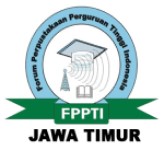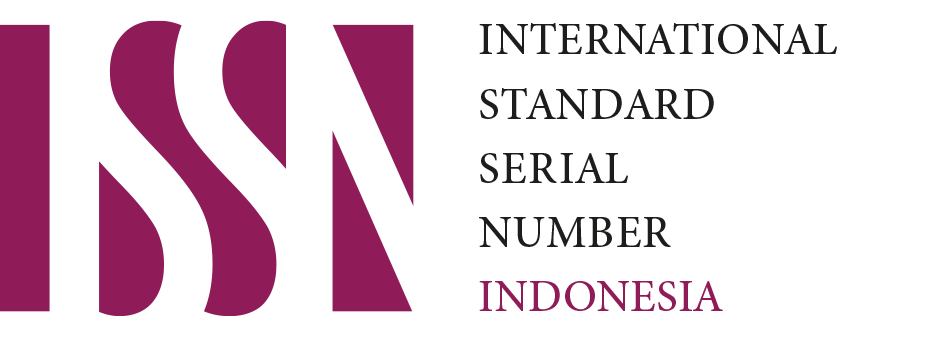Information dissemination of local content through Muhi Corner in Muhammadiyah 1 Yogyakarta High School Library
Downloads
Background of the study: The library of SMA Muhammadiyah 1 Yogyakarta has a unique and distinctive collection that is referred to as local content and organized in Muhi Corner. Libraries have a duty to collect and disseminate them to users
Purpose: This study aims to analyze the local content information service of Muhi Corner, analyze the information dissemination process carried out, and evaluate the obstacles in the dissemination of information.
Method: This study uses a qualitative approach with a descriptive method. Data were collected through observation, interviews, and documentation analysis. The data analysis was conducted by data reduction, data presentation, and conclusion.
Findings: The results showed that Information dissemination activities for Muhi Corner's collections started with information dissemination for teachers, education staff, students, and researchers; then packaged in the form of print and digital papers. Information sources are presented in the form of local collections and gray literature. The information channels used are direct (socialization & library tour) and social media (Instagram).
Conclusion: Dissemination of information on the Muhi Corner collection has been carried out but is still limited, either directly or using the media. Obstacles in disseminating Muhi Corner information include, (1) limited human resources, (2) limited collection on the subject of literature, and (3) limited promotional activities.
Downloads
Amir, C., & Johan, R. C. (2019). Diseminasi Koleksi Lokal: Pembangunan Repositori Institusi Perpustakaan Kementerian Pendidikan dan Kebudayaan. VISI PUSTAKA: Buletin Jaringan Informasi Antar Perpustakaan, 20(3), 185–198.
Anjali, M. E. C., & Istiqomah, Z. (2021). Diseminasi Informasi Local content Melalui Pelayanan Batuan Kars di DPK Gunung Kidul. BACA: Jurnal Dokumentasi dan Informasi, 42(1).
Anjali, M. E. C., & Winata, A. P. (2018). Presentation of Gamelan and Rocks Karst as Implementation Information Local content in DPK Gunung Kidul. http://repository.umy.ac.id/handle/123456789/23264
Arianto, M. S. (2016). Diseminasi Digital Local content Pengetahuan Islam Lokal: Membangun Keunggulan Perpustakaan di Lingkungan PTKIN. Humanika, 1(2), 24.
Arikunto, S. (2010). Prosedur Penelitian: Suatu Pendekatan. Rineka Cipta.
Basuki, S. (2011). Pengantar Ilmu Perpustakaan. Universitas Terbuka.
Creswell, J. W. (2018). Research Design: Pendekatan Metode Kualitatif, Kuantitatif, dan Campuran. Pustaka Pelajar.
Istiqomah, Z., & Ernaningsih, D. N. (2018). The Use of Social Media to Increase The Dissemination of Scientific Information in State University of Malang Library. Roles of Library Science, Documentation, and Archives in Education in The Era of Technology and Information. International Conference on Library and Information Science, Bandung.
Melani, S. (2017). Pemanfaatan local content suatu perguruan tinggi: Suatu analisis terhadap repository Perpustakaan Universitas Islam Negeri Sumatera Utara Medan. IQRA: Jurnal Ilmu Perpustakaan dan Informasi, 11(2), 63–77.
Nazim, M., & Mukherjee, B. (2016). Knowledge management in libraries: Concepts, tools and approaches. Chandos publishing.
Republik Indonesia. (2003). UU No.20 Tahun 2003. https://jdih.bpk.go.id/wp-content/uploads/2012/03/UU_no_20_th_2003.pdf
Republik Indonesia. (2017). Perka No.12 Tahun 2017 SNP Perpustakaan SMA. https://jdih.perpusnas.go.id/file_peraturan/Perka_12_2017_SNP_Perpustakaan_SMA_Salinan.pdf
Tjiek, L. (2012). Desa Informasi: Local content with Global Reach. Comma.
Uzuegbu, C. P. (2012). The role of university libraries in enhancing local content availability in the Nigerian community.
Weaver, W. (1953). Recent contributions to the mathematical theory of communication. ETC: a review of general semantics, 261–281.
Copyright (c) 2022 Zeni Istiqomah

This work is licensed under a Creative Commons Attribution-ShareAlike 4.0 International License.
Record and Library Journal by Unair is licensed under a Creative Commons Attribution-ShareAlike 4.0 International License.
1. The journal allows the author to hold the copyright of the article without restrictions.
2. The journal allows the author(s) to retain publishing rights without restrictions
3. The legal formal aspect of journal publication accessibility refers to Creative Commons Attribution Share-Alike (CC BY-SA).
4. The Creative Commons Attribution Share-Alike (CC BY-SA) license allows re-distribution and re-use of a licensed work on the conditions that the creator is appropriately credited and that any derivative work is made available under "the same, similar or a compatible license”. Other than the conditions mentioned above, the editorial board is not responsible for copyright violation.



 57201398420
57201398420

























